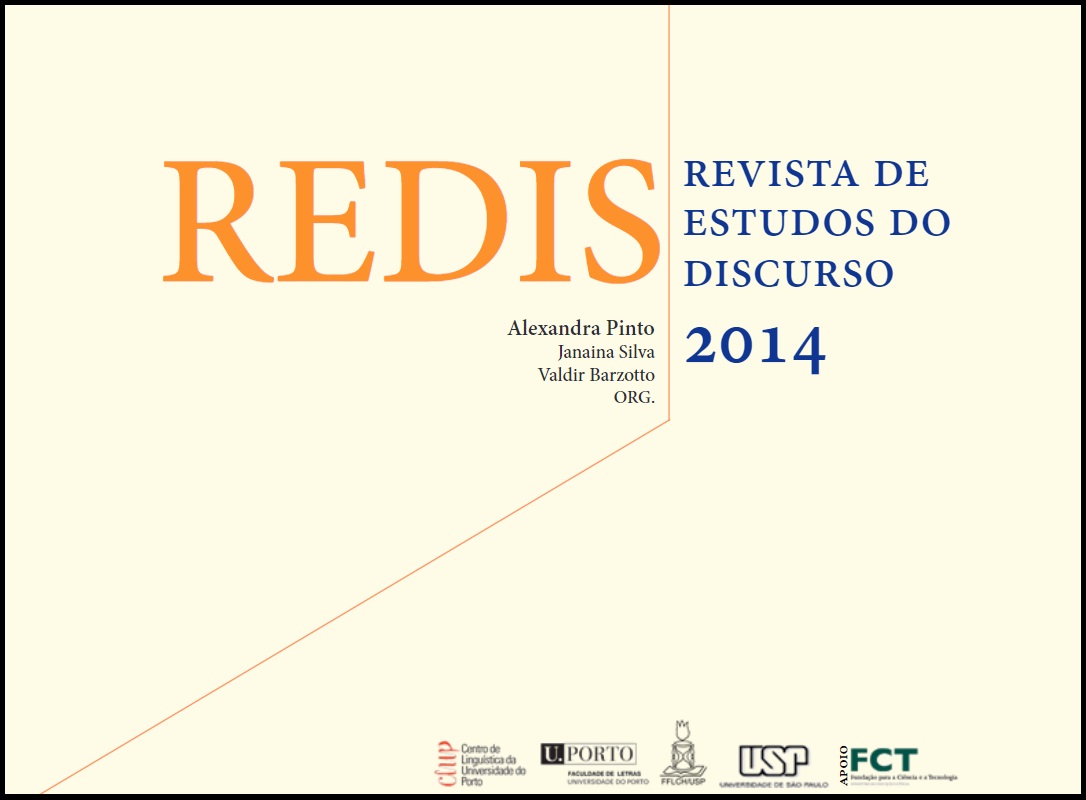Modality, distance, and the television news genre
Abstract
The present article focuses on the triad of modality, distance and the television news genre. It assumes the centrality of the notion of “distance” to functioning and impact of the news media in general. Distance, in its different dimensions, which will be discussed in the paper, is something that needs to be overcome and/or skillfully manipulated by journalists. In order to make the reality they (re)construct and (re)present more relevant and emotionally-engaging for the audience, news makers will “proximize” selected aspects of this reality, bringing them cognitively and affectively “closer” to those who watch or read the news. It is claimed here that this work on distance, shaping the form and function of news discourse understood as both a product and a process, may be used to account for mass and social impact of the news media, including the “CNN effect”, or recently the “Al-Jazeera effect”, and is the underlying mechanism of the “mediatization” process. As will be demonstrated, modality plays an important role here, with “modality cues” acting as proximization triggers both verbally and visually. On the theoretical level, the article proposes a new integrated approach towards news discourse, combining critical discourse analytic and Discourse Space Theory perspectives with the insights from semiotics and mass communication studies. The data used to illustrate distance-related operation comes from the NBC coverage of the famine in Somalia.
Downloads
Published
How to Cite
Issue
Section
License
Copyright (c) 2018 Redis: Revista de Estudos do discurso

This work is licensed under a Creative Commons Attribution 4.0 International License.
The authors give to REDIS. Revista de Estudos do Discurso the exclusive right to publish its texts, in any medium, including their reproduction and sale in paper or digital format, as well as their availability in a free access regime in databases.
















